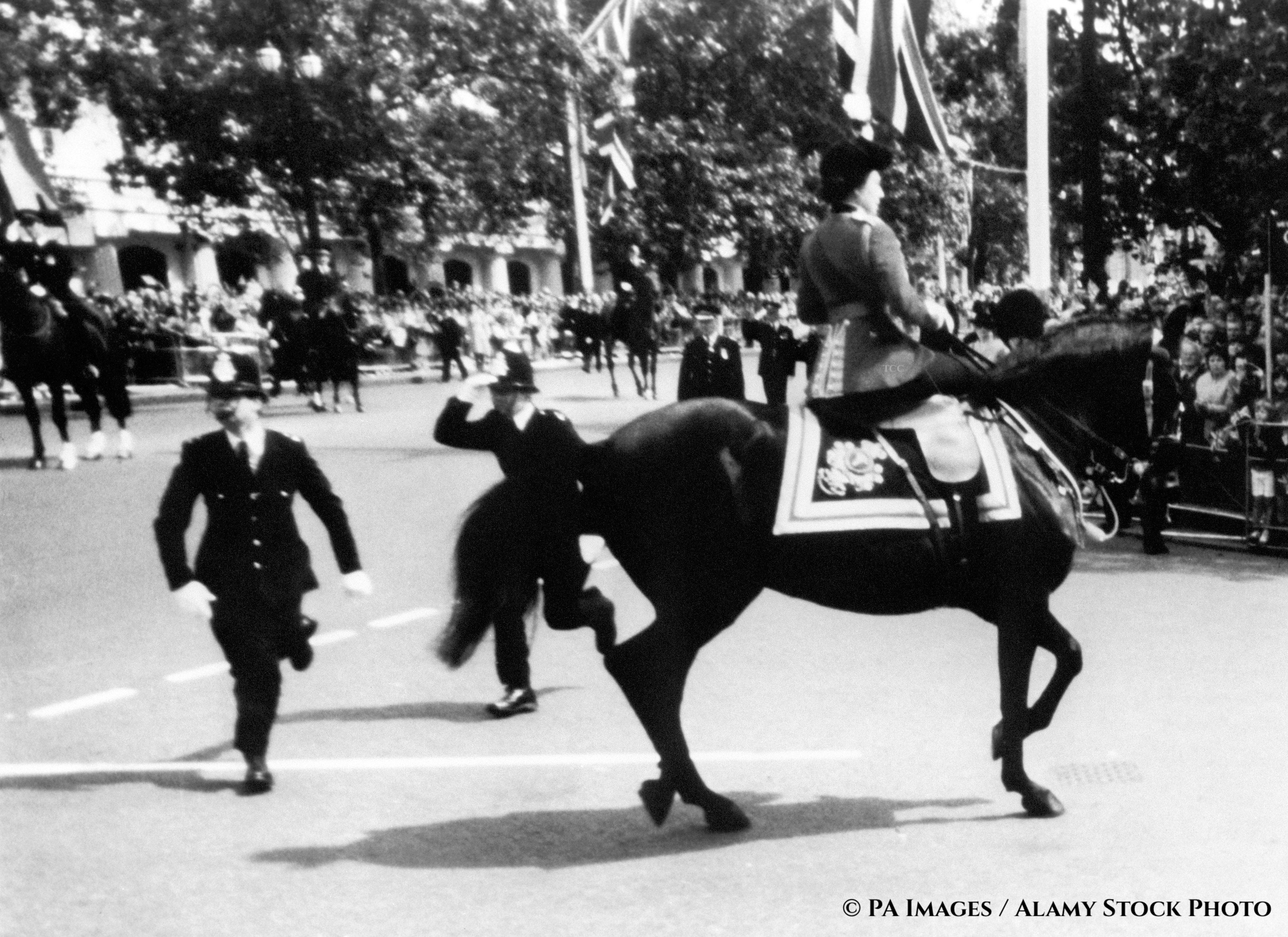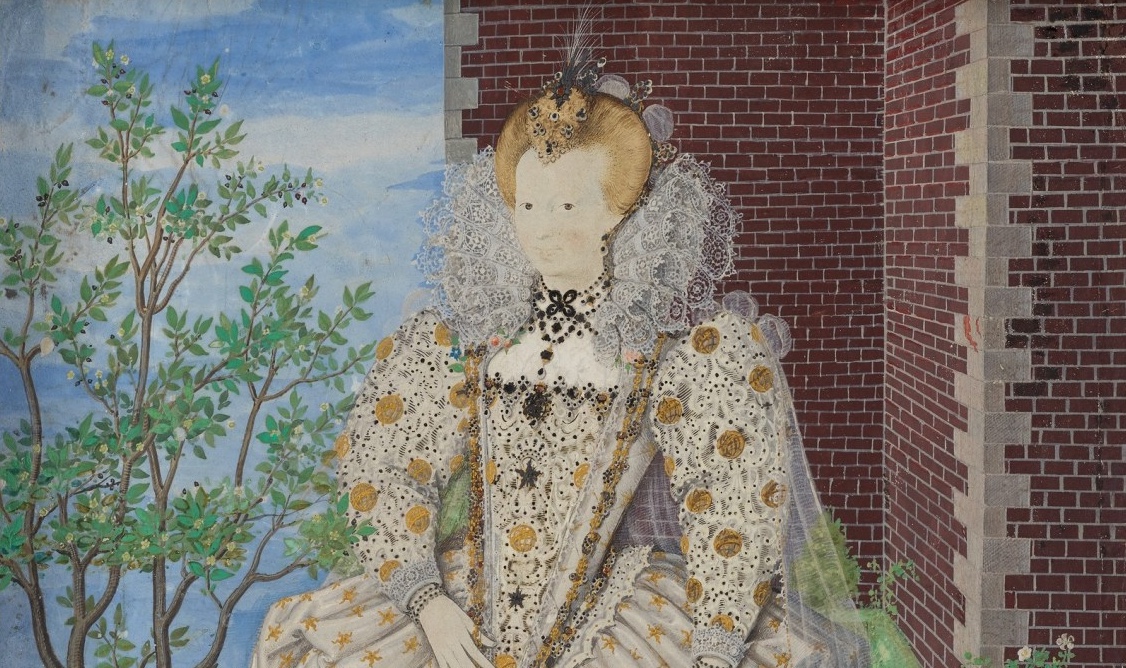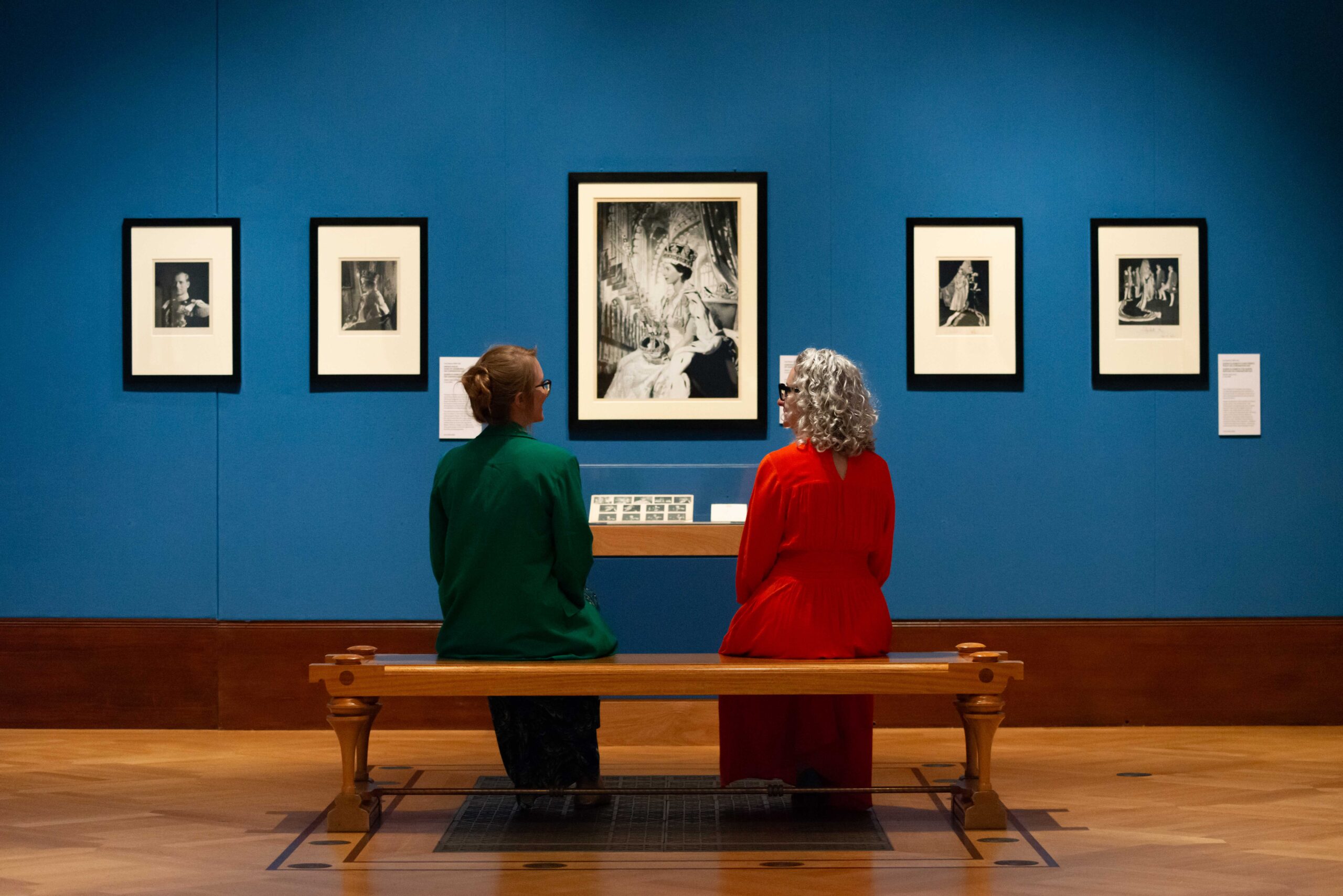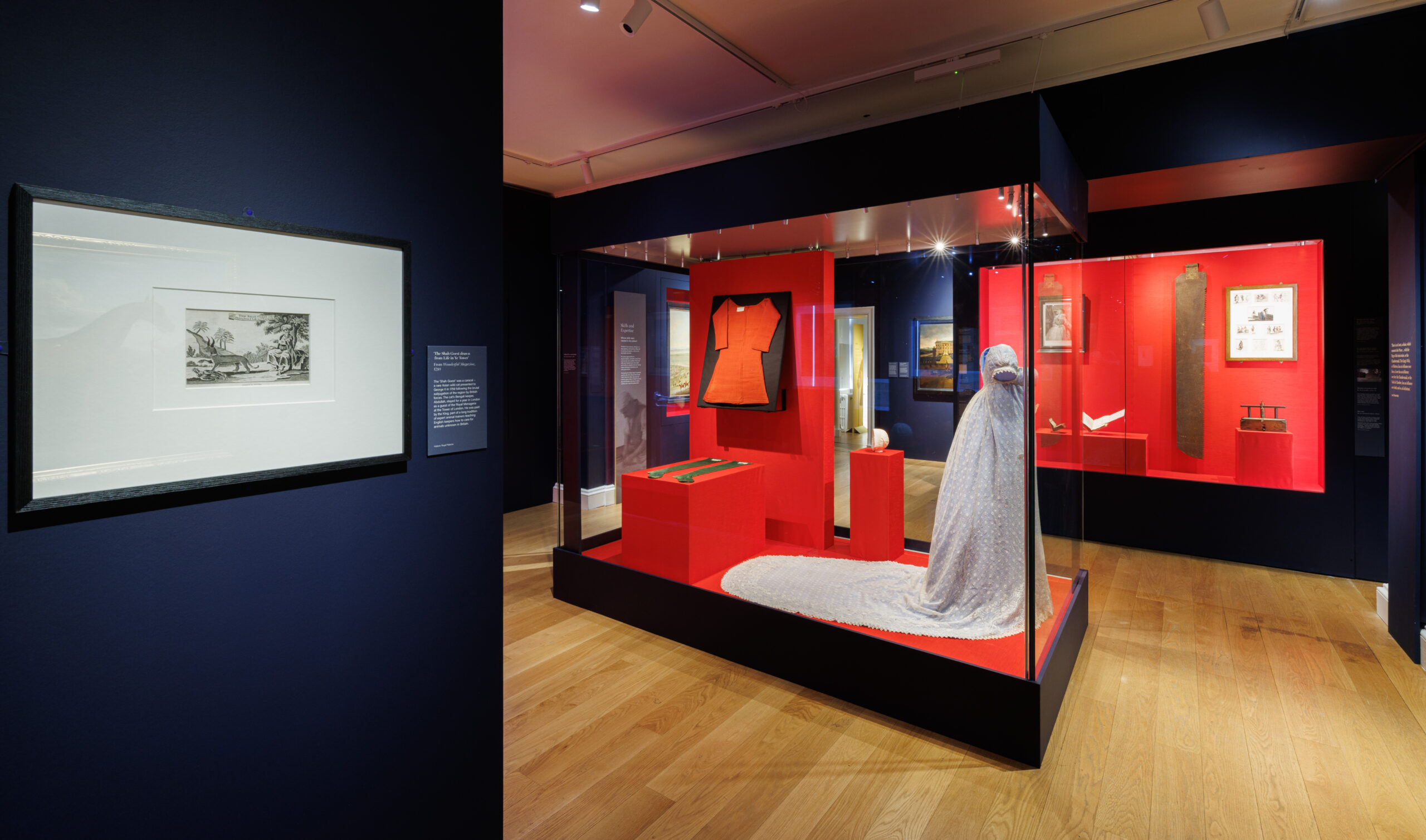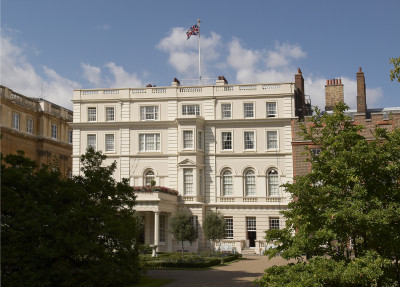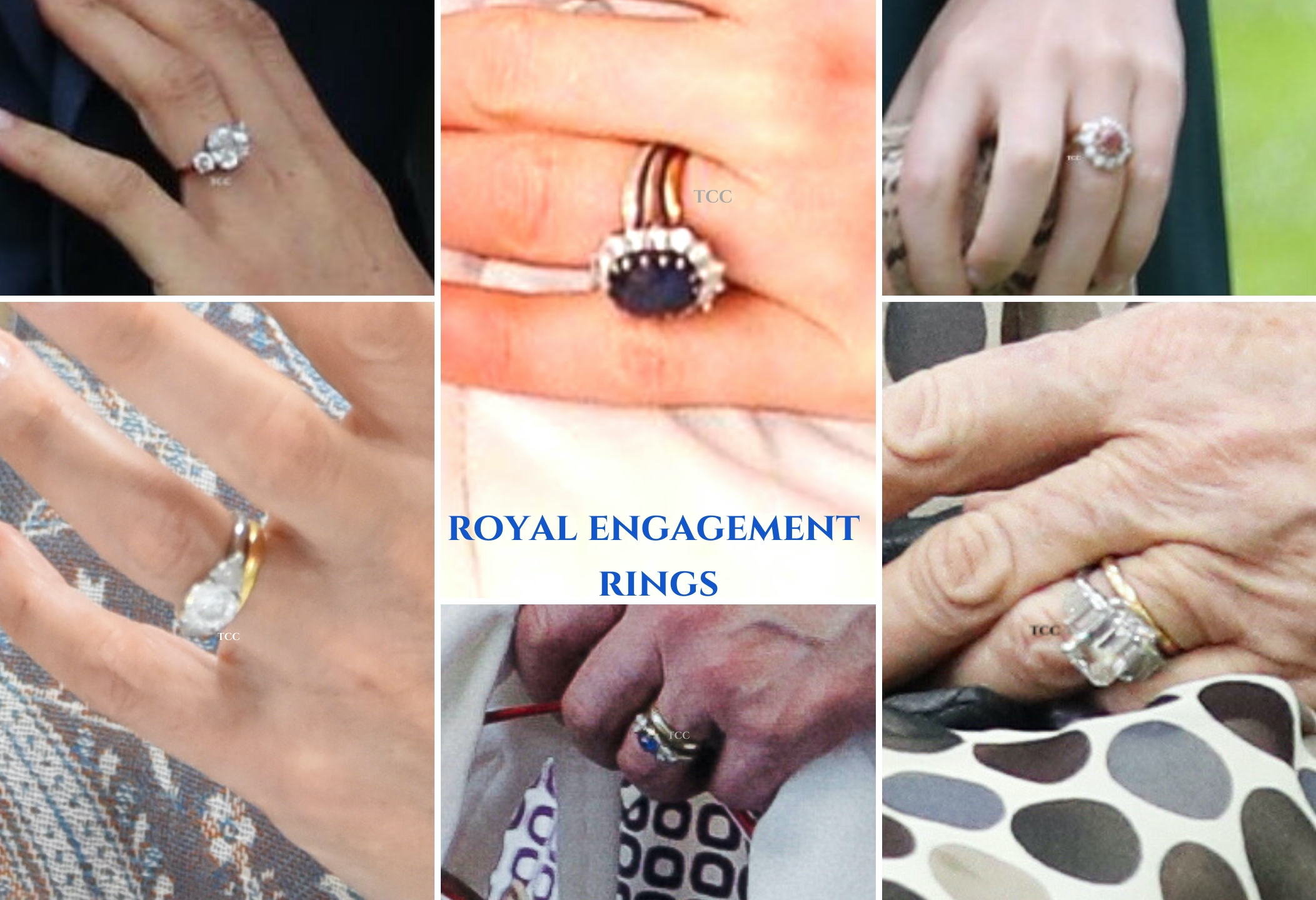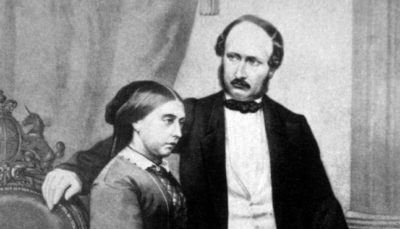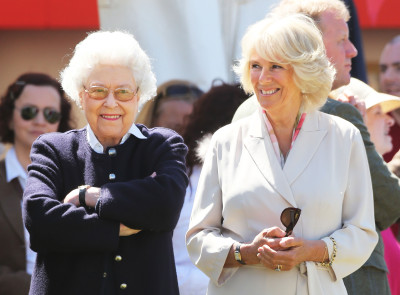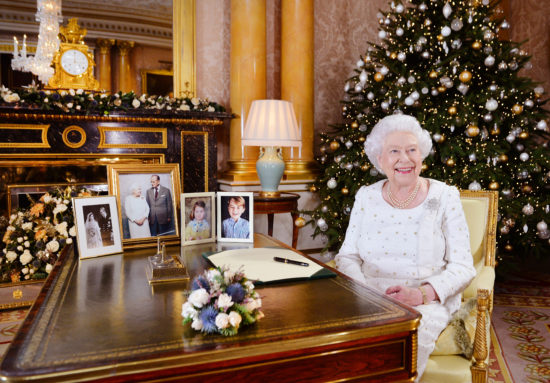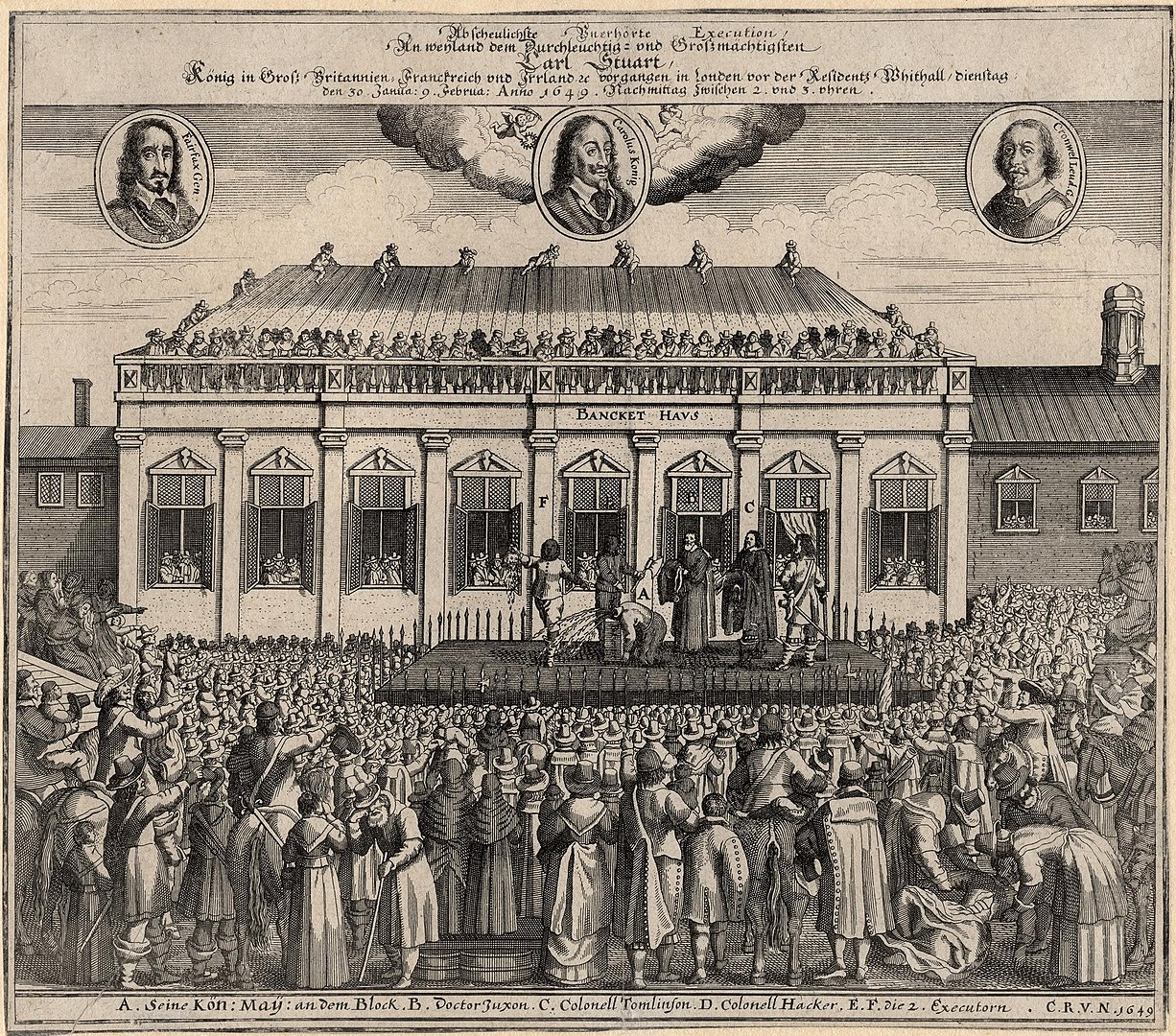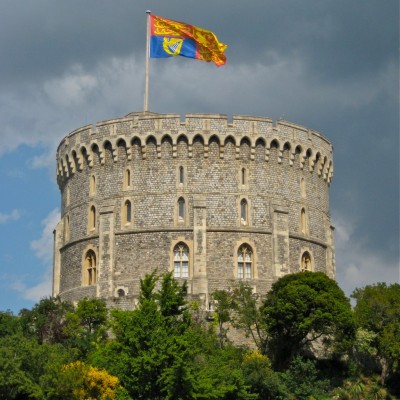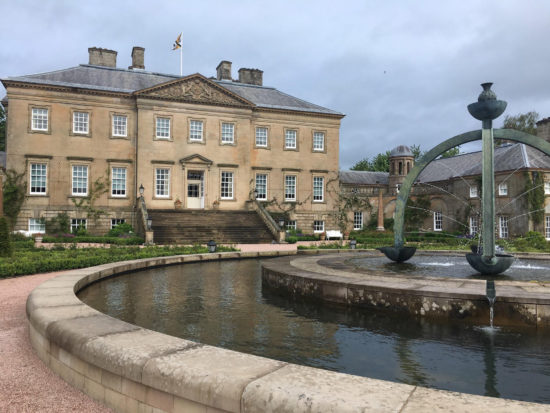The Coronation Chair is a major part of all Coronations, but how did it come to be and what is its significance?
Like the Stone of Destiny, the Coronation Chair also goes by other names – St Edward’s Chair or King Edward’s Chair. It is the chair in which the Monarch sits as they are invested with the regalia of state (like the orb and sceptre) and crowned.
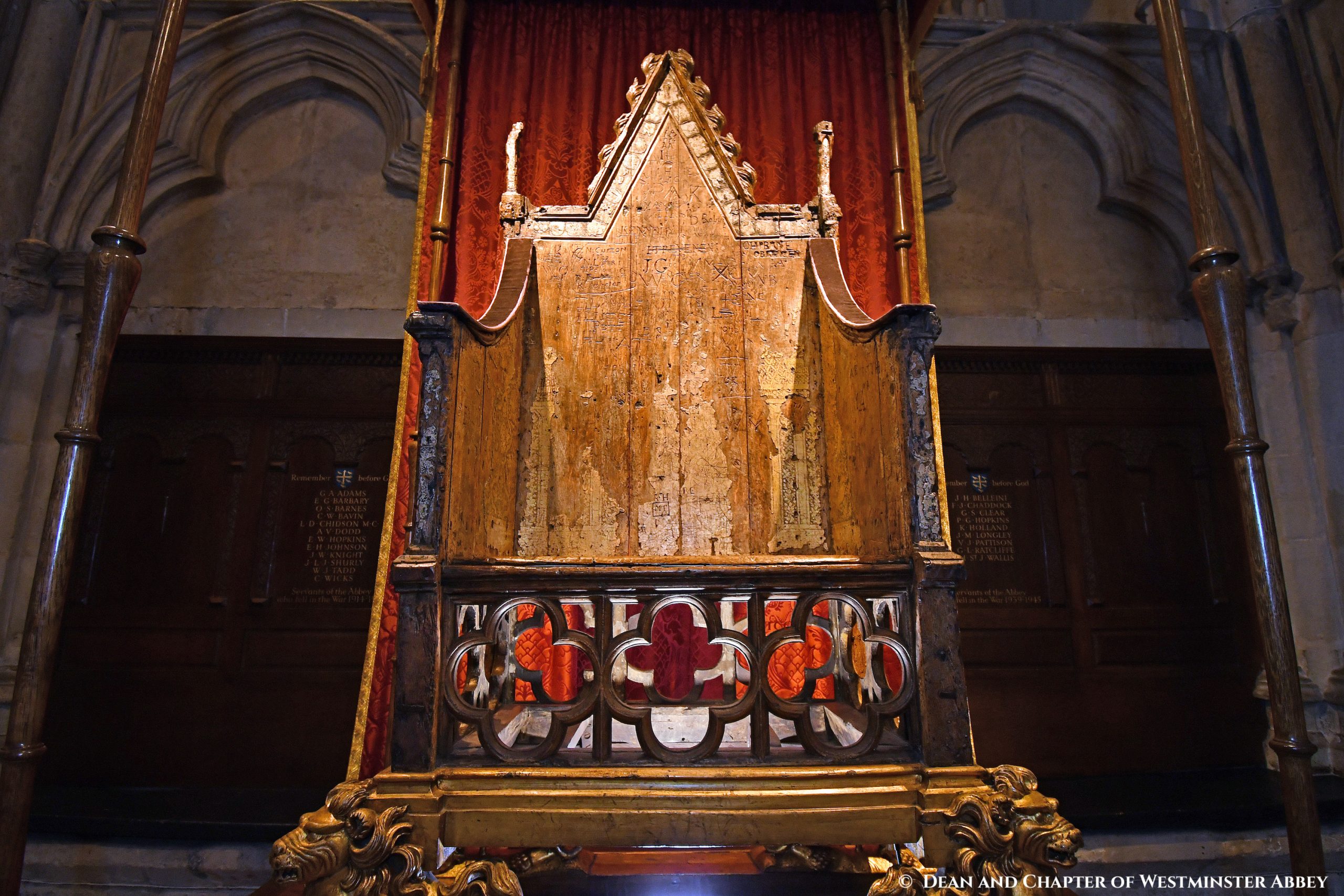
The Coronation Chair at Westminster Abbey (Jim Dyson/Getty Images/Dean and Chapel of Westminster Abbey)
The chair was commissioned in 1297 by Edward I, hence its other names, to enclose the Stone of Destiny. It stands at 1.5 metres tall.
It was not completed till the turn of the 14th century, and work began on it in the summer of 1297. Edward originally wanted the chair to be made of bronze but changed his mind and settled on timber – financially savvy, some might say.
The oak chair, which features a high back and is gothic in design, was carved out of oak by carpenter Walter of Durham. It was painted by Walter and decorated with birds, animals and foliage on a gilt ground.
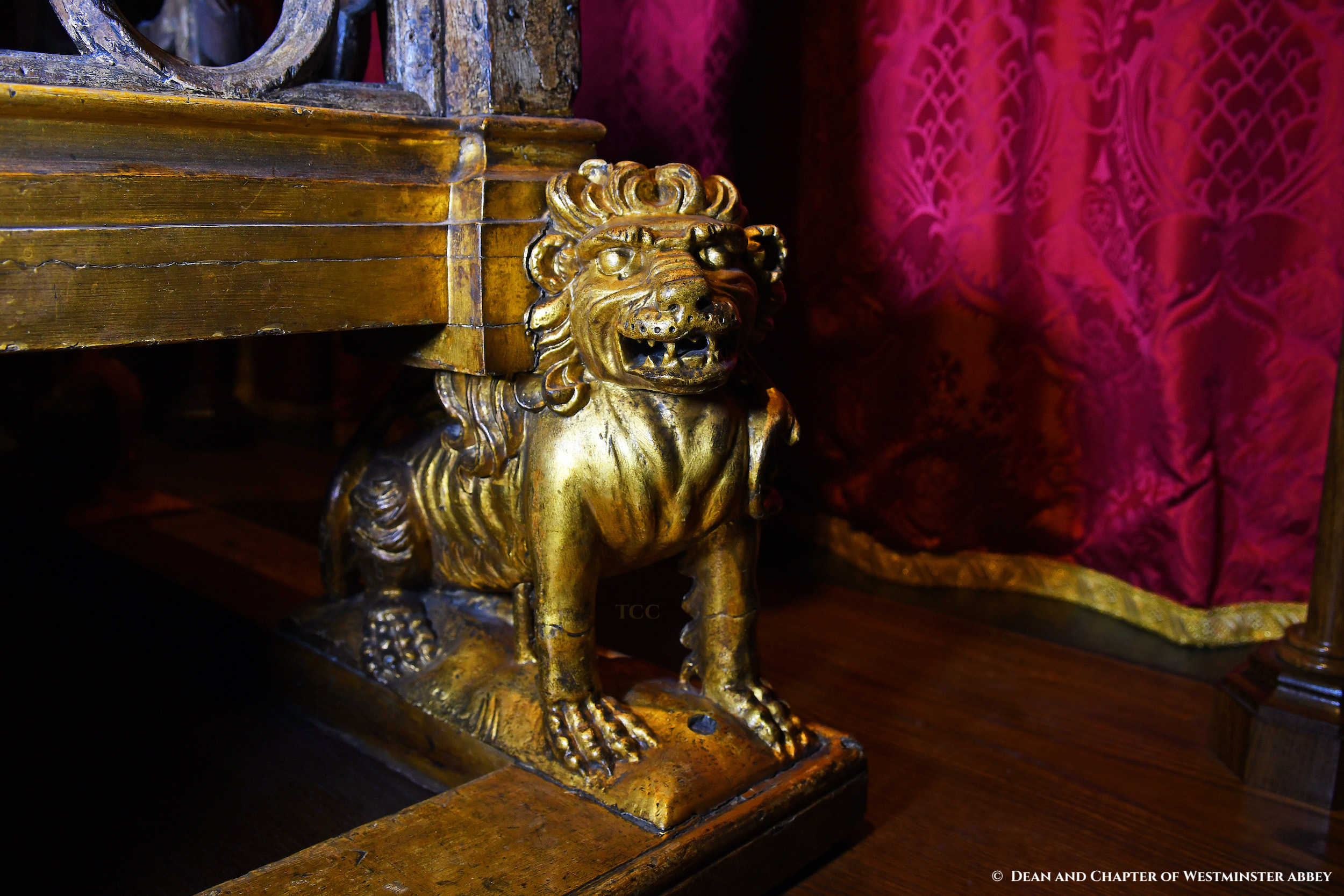
The lion detail at the foot of the Coronation Chair (Jim Dyson/Getty Images/Dean and Chapter of Westminster Abbey)
A border of oak leaves with robins and falcons which were mentioned by writers early in the 18th century, no longer visible. We know, however, that it was once decorated with glass jewels and gilded ornaments.
Interestingly, during recent maintenance work, some new details were found in the design. Krista Blessly, the Westminster Abbey paintings conservator, found ‘previously undiscovered toes in the punch-work gilding on the back’, which she believes may have been a figure of a king or saint. It is hard to tell as so much of the image is gone, but further inspection will be carried out before the coronation.
In its original home, the Stone of Destiny was not enclosed in a chair: Monarchs were crowned either sat on the stone or upon a cushion that was placed on top of it. The sacred Scottish relic was taken as a spoil of war after Edward I led the English to victory; the King brought it to London in 1296.
Since 1308, the chair has been used in the coronations of all English and British Monarchs. There is some debate if it was, at first, only used for the crowning of Henry IV. He was recorded as the first Monarch to be crowned in it in 1399.
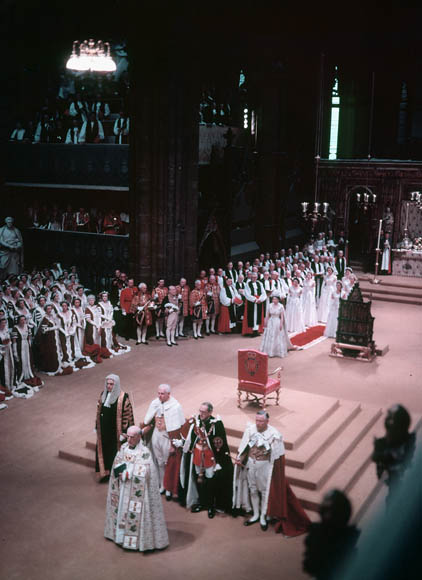
The Queen’s coronation in 1953 ; the Coronation Chair is visible on the right-hand side (Library and Archives Canada, K-0000045/Flickr)
There have been a total of 38 coronations at Westminster Abbey (Edward V and Edward VIII were never crowned) but only one of them was a joint coronation, that of William and Mary. William was crowned in the original Coronation Chair while a special copy of the chair was made for Mary, the daughter of James II.
The chair was also used by Oliver Cromwell during his installation as Lord Protector in 1653; it was taken from Westminster Abbey to Westminster Hall for the ceremony. Queen Victoria also used it during her Golden Jubilee services in the Abbey in 1887.
On the 24th August 1939, the chair was moved from Westminster Abbey for the second time in its long history. Loaded onto a truck, and accompanied by two detectives, the chair was taken to Gloucester Cathedral where it was to be stored and protected against damage during the Second World War, with some fear the Nazis might steal it.
The day after it arrived, carpenters worked to shore up the roof of a vaulted recess in a crypt at the cathedral. Once the job had been completed, the chair was moved into the recess with the cathedral’s 13th-century effigy of Robert Curthose placed, sitting on it. The recess was sealed up with sandbags and the chair remained there until the end of the war.
Over time, the chair has inevitably been damaged, repaired and upgraded. In the 16th century, four gilded lions were added to form the legs of the chair. They were replaced in 1727 and in 1821, ahead of the coronation of George IV, one of the lions had its head replaced.
The chair was damaged by a suffragette bomb, and during the Christmas Day 1954 robbery of the Stone of Destiny, affecting the integral structure of the piece; when it was stolen, the stone broke in two. It was restored after both incidents. In the 18th and 19th centuries, visitors to Westminster Abbey were allowed to sit in the chair for a fee! These visitors began to take souvenirs and carve their names into the chair, including one P. Abbot, who – according to his inscription – ‘slept in this chair 5-6 July 1800’.
Of course, today the chair is far better protected. In 1997, after the Chapel of St Edward the Confessor (where it had been kept for centuries) closed to the public, the chair was moved to ambulatory of the abbey, where it was placed on a pedestal near Henry V’s tomb.
In 2010, it was moved to a specially-built enclosure within St George’s Chapel in the nave, just near the entrance to the church.
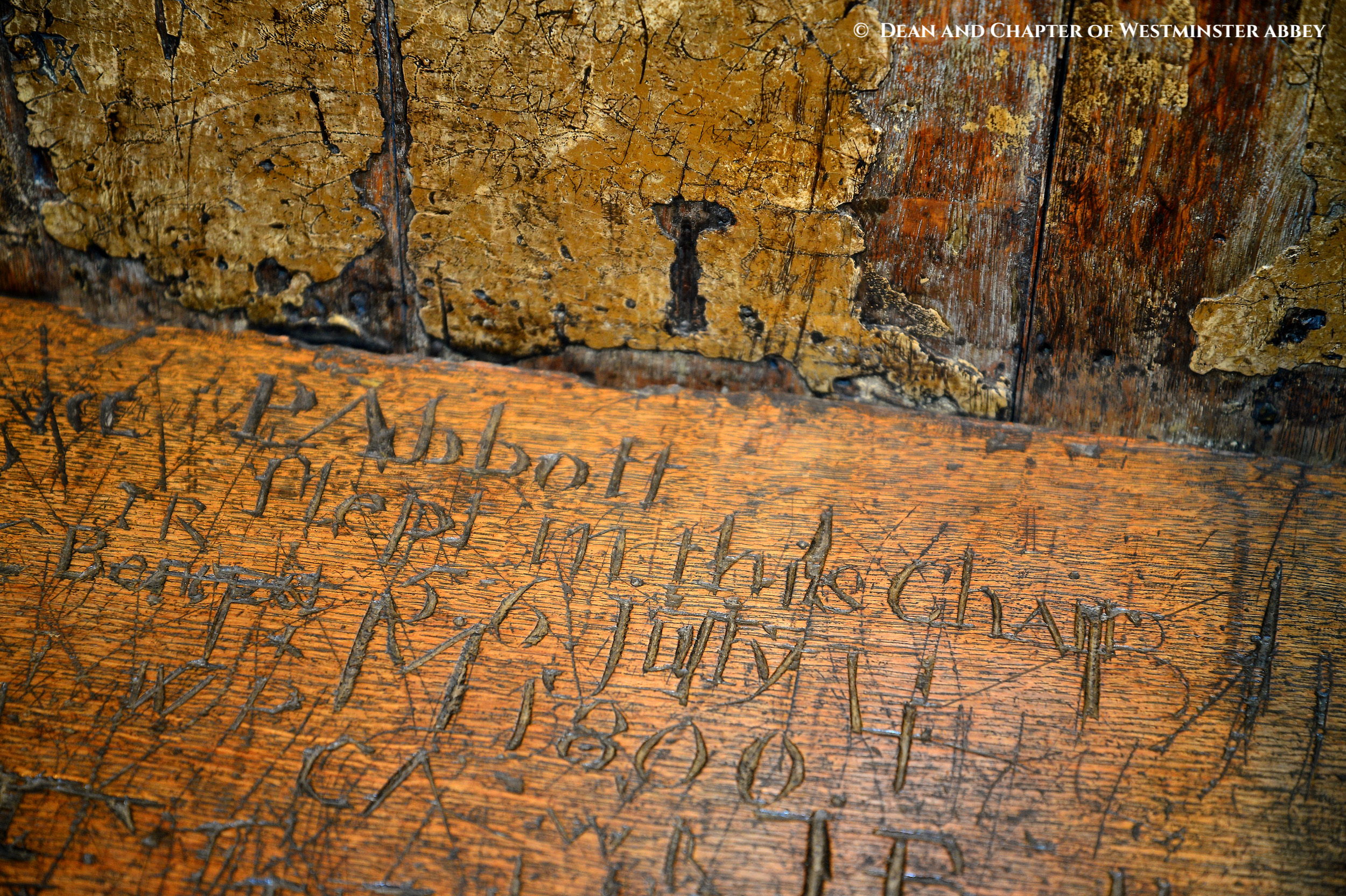
Graffiti on the ancient Coronation Chair (Jim Dyson/Getty Images/Dean and Chapter of Westminster Abbey)
In that same year, work to maintain and clean the building on the chair began and it now gets regular maintenance every six months. The gold of the chair is prone to flaking off, and so it has to be specially cleaned with sponges and cotton swabs.
The chair can normally be seen by visitors to Westminster Abbey, however due to maintenance work needing to be carried out before Charles III coronation in May, it may be obscured from view, or simply not for viewing. Mary II’s coronation chair is also visible in the Abbey galleries.
On 6th May, the chair will take centre stage for the first time since 1953, when it is placed on the High Altar of Westminster Abbey for the coronation of Charles III.

